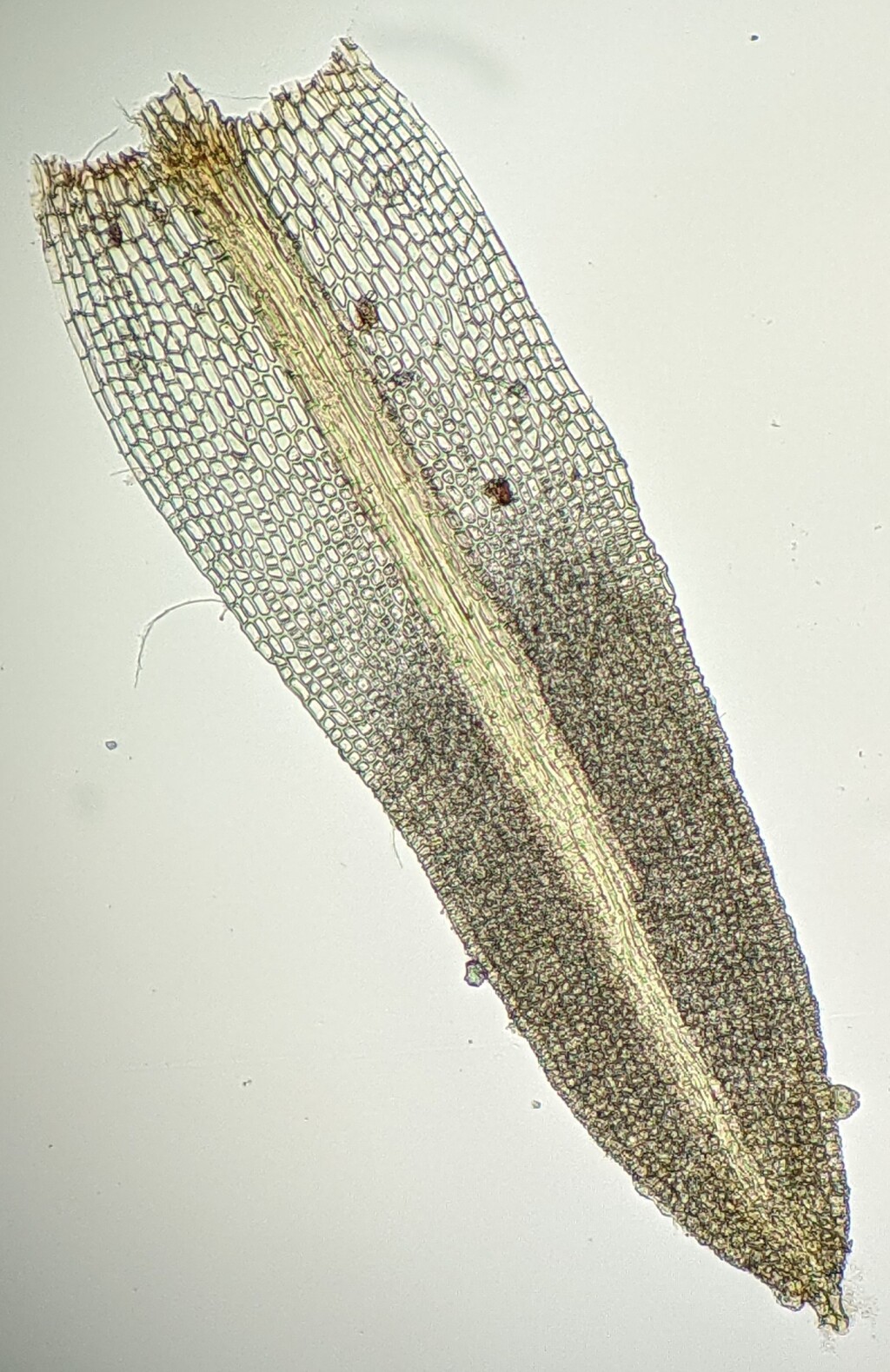Weissia
Mostly autoicous, rarely dioicous (not in Victoria). Asexual reproduction by rhizoidal tubers. Cushions or turves on soil. Stem erect, simple or irregularly branched, with sparse rhizoids at base; central strand present; sclerodermis weakly differentiated; hyalodermis not to distinctly differentiated. Leaves ligulate, oblong, triangular or lanceolate, erect- to wide-spreading or sharply reflexed above a sheathing base when moist, incurved and often contorted and spiralled when dry; apex obtuse, acute or acuminate, without a hairpoint but usually mucronate; costa usually excurrent, rarely subpercurrent (not in Victoria) or percurrent (not in Victoria), with quadrate, short-rectangular or elongate superficial cells adaxially, with a differentiated adaxial epidermis, with an adaxial stereid band, usually without a hydroid strand, with an abaxial stereid band, without a differentiated abaxial epidermis, with elongate superficial cells abaxially; margin entire, incurved or involute, at least in apical half, without a border; laminal cells in apical half subquadrate to hexagonal, pluripapillose on both surfaces, with a yellow KOH reaction, unistratose; basal laminal cells differentiated equidistant from base from margin to costa or occasionally extending further along margins, rectangular or occasionally rhomboid, smooth. Acrocarpous. Capsule erect or inclined, straight, ellipsoid, ovoid or cylindric, occasionally subglobose, immersed (not in Victoria) to exserted, operculate or cleistocarpous (not in Victoria), with or without an annulus. Calyptra cucullate, smooth, glabrous. Operculum conic (not in Victoria) or rostrate. Peristome absent, rudimentary or of 16 straight or slightly anticlockwise twisted teeth.
Worldwide except Antarctica, with around 100 species; two species in Victoria.
The boundaries between Weissia and Trichostomum are scarcely discernible, with the two genera separated by Zander (1993) by leaves with incurved margins belonging to Weissia, while plane leaf margins assigned to Trichostomum. Phylogenies of nuclear ITS DNA sequences highlight the obscurity between these two genera as Trichostomum appears to have been derived from Weissia ancestry and the sampled species do not form groups that completely correspond to the two genera (Werner et al. 2005). With further research and revision, it is likely that Trichostomum will be subsumed into Weissia. Until this occurs, Weissia is here described as treated by Zander (1993).
Cleistocarpous Weissia species were previously placed in Astomum. Inclusion of Astomum in Weissia is supported by phylogenies of nuclear ITS DNA sequences that show cleistocarpous species dispersed among operculate species, rather than forming an exclusive group (Werner et al. 2005).
 Spinning
SpinningWerner, O.; Ros, R.M.; Grundmann, M. (2005). Molecular phylogeny of Trichostomoideae (Pottiaceae, Bryophyta) based on nrITS sequence data. Taxon 54: 361–368.
Zander, R.H. (1993). Genera of the Pottiaceae: Mosses of harsh environments. Bulletin of the Buffalo Society of Natural Sciences 32: 1–378.

